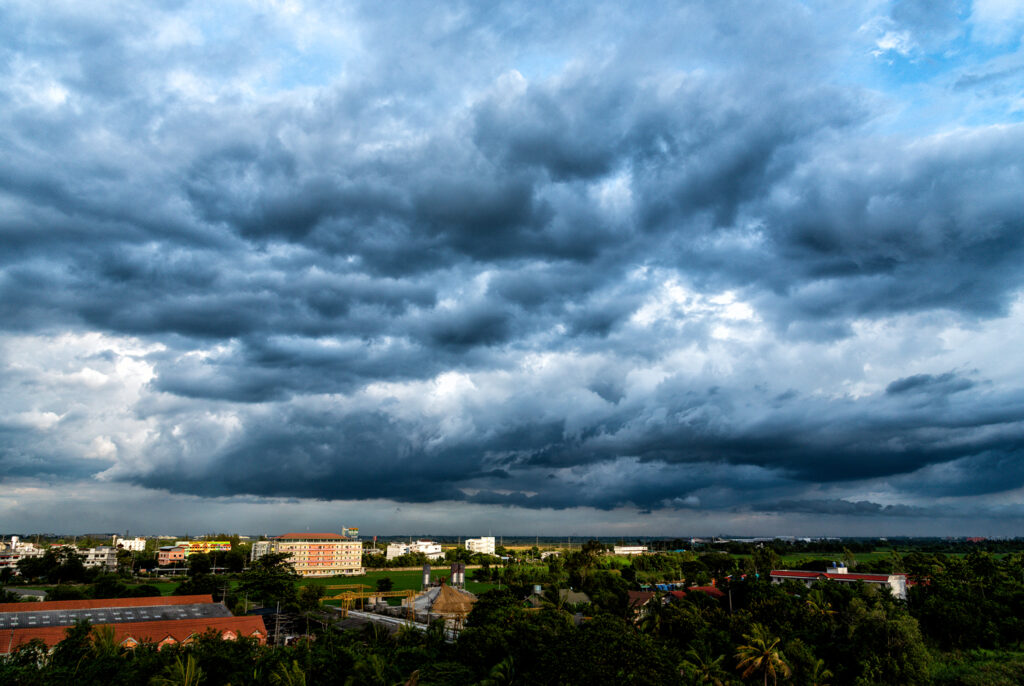July 17, 2025
How Climate Disasters Are Reshaping Insurance Terms and Risk Assessment Across Industries

The Impact of Climate Disasters on Insurance Policies
The past six months have seen devastating climate-related disasters, including the Southern California wildfires and Hurricane Helene’s inland flooding in North Carolina. These catastrophic events have forced insurers to tighten terms for weather-related risks, leading to higher deductibles, stricter coverage limits, and evolving underwriting strategies. Industries such as commercial real estate, agriculture, transportation, and energy are feeling the brunt of these changes as insurers look to mitigate financial exposure.
How Insurance Terms Are Changing Across Industries
1. Commercial Real Estate
Businesses that own office buildings, retail spaces, and warehouses are facing:
- Higher deductibles for flood and fire coverage, making disaster recovery more costly.
- Reduced wind and hail damage coverage, especially in coastal regions and storm-prone states.
- Strict policy renewals, as insurers reassess risk models based on climate vulnerability.
Example:
In wildfire-prone areas of California, some commercial property owners are seeing insurance rates double or facing non-renewals, forcing them to turn to state-backed insurance programs.
2. Agriculture & Food Supply Chain
Farmers and food producers face increasing risks from droughts, hurricanes, and heat waves. Insurance changes include:
- Parametric drought policies, where payouts are based on rainfall levels.
- Stricter crop insurance terms, requiring better soil and irrigation management to maintain coverage.
- Higher premiums for storm-related losses, especially for livestock and grain storage.
Example:
Saudi Arabia’s agricultural sector is adopting parametric heat insurance, helping farmers mitigate financial losses from extreme temperatures.
3. Transportation & Logistics
Shipping companies and freight operators are seeing:
- Limited coverage for weather disruptions, such as storm-related cargo delays.
- Higher premiums for vehicles operating in flood-prone regions.
- Requirements for real-time tracking systems, improving insurers’ ability to assess risk.
Example:
Nationwide Insurance is testing hailstorm alerts for trucking fleets, helping businesses avoid costly damage claims.
4. Energy & Infrastructure
Oil, gas, and renewable energy sectors face heightened scrutiny over climate risks. Insurance adjustments include:
- Rising costs for wind farms and solar projects, as extreme weather threatens infrastructure.
- Limited wildfire coverage for power companies, forcing utilities to explore parametric models.
- Stricter requirements for grid resilience, with insurers mandating backup systems for critical infrastructure.
Example:
Swiss Re is using AI-powered predictive analysis to help energy firms adjust policy pricing based on climate projections.
AI-Powered Risk Assessment and Predictive Analytics
Insurance companies are increasingly adopting AI-driven underwriting tools to improve risk prediction and policy pricing. These technologies help:
- Analyze climate data to assess long-term risk exposure.
- Identify vulnerable properties using satellite imagery.
- Automate claims processing, reducing fraud and administrative burdens.
Examples of AI in Insurance
- Kettle, an insurtech firm, uses AI to predict wildfire risks and adjust coverage terms.
- Raincoat is developing parametric hurricane insurance using AI-driven weather tracking.
- NTT Data’s analytics solutions help insurers assess the probability of flooding and severe storms affecting businesses.
The Growing Appeal of Parametric Insurance
As traditional insurance becomes more restrictive, parametric insurance is emerging as a viable alternative for businesses facing climate uncertainties.
Why Businesses Are Embracing Parametric Models
- Faster Payouts – Companies receive immediate financial relief after disasters.
- Lower Administrative Costs – Eliminates complex claims investigations.
- Improved Predictability – AI-powered models help insurers price policies more accurately.
Final Thoughts
Industries like real estate, agriculture, transportation, and energy are undergoing major insurance shifts due to climate disasters and AI-driven underwriting changes. As insurers seek more sustainable risk management strategies, parametric insurance offers predictability, efficiency, and faster payouts, making it increasingly attractive to business owners.
